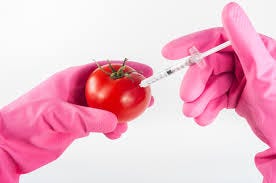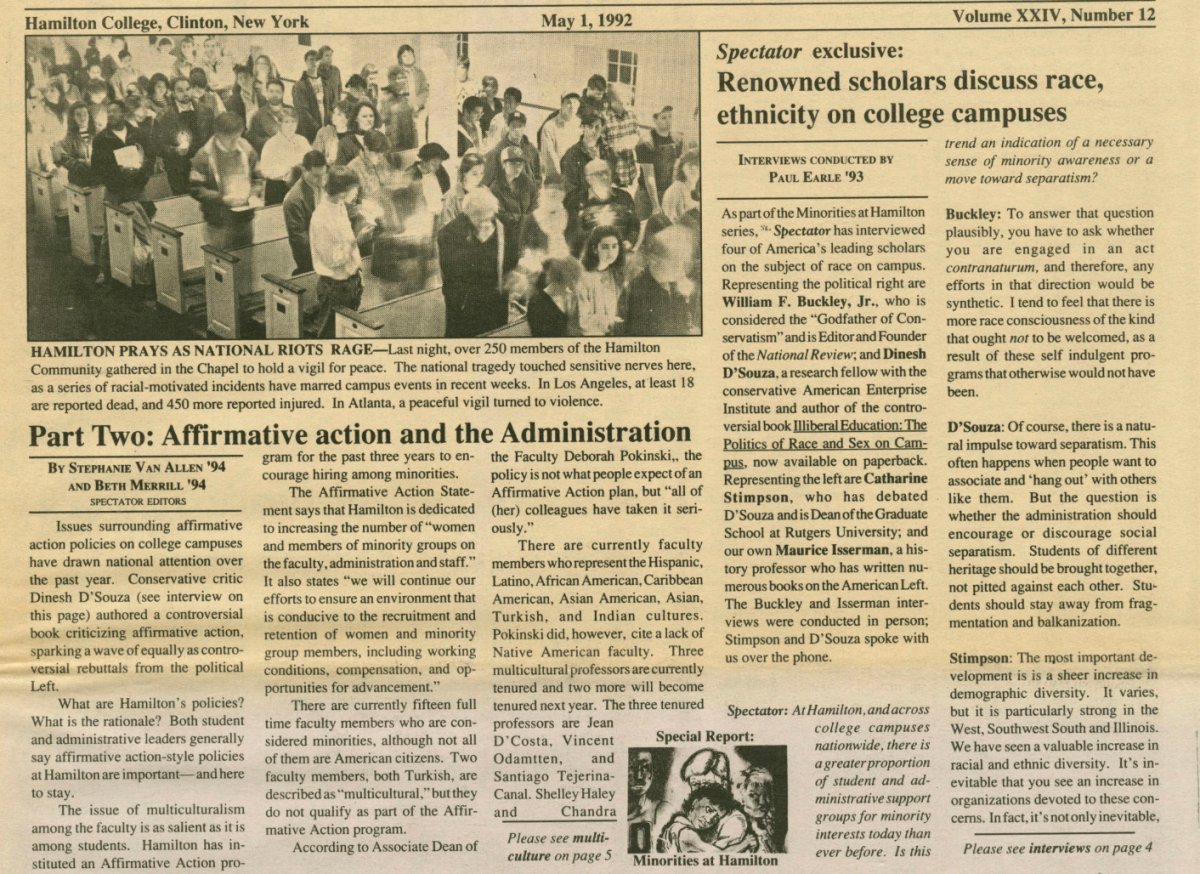
On Friday, Aug. 10th, a San Francisco jury ordered Monsanto to pay $289 million to groundskeeper DeWayne Lee Johnson, finding that Johnson’s non-Hodgkin’s lymphoma was caused by exposure to glyphosate, a chemical compound found in the company’s RangerPro weed killer. Johnson, a school groundsman in Benicia, CA, used the product about 20–30 times a year for four consecutive years. The jury said that Monsanto should have warned buyers and users about the harmful effects of their products containing the chemical. Johnson’s case is just one in about 5,000 similar lawsuits made against Monsanto in the United States alone. His case was the first to go to trial alleging that their glyphosate containing products caused his cancer; given how advanced his cancer was at the time, doctors did not believe he had more than two years to live. Monsanto stated they intend to appeal against the verdict, but the initial ruling could change the outcome for the thousands of outstanding cases against the company.
So, what is glyphosate, and why is it such a potential danger? Glyphosate is a chemical compound used as an herbicide and crop desiccant. The sodium salt found in glyphosate is also used to control plant growth. It was introduced by Monsanto in 1974, and in the U.S. alone, there are about 750 products which contain the chemical. In 2015, the International Agency for Research on Cancer stated in a report that glyphosate was “probably carcinogenic to humans.” However, reports by the Environmental Protection Agency (EPA) and the European Food Safety Authority (EFSA) stated that there wasn’t a high likelihood that glyphosate causes cancer in humans. In April, the State of California ruled that glyphosate will be listed as a known carcinogen under Proposition 65, which requests labelling of all chemicals which are known to cause cancer. It was the first state in the U.S. to do so.
One of the biggest issues that this case brings about, and the one I’m certainly most concerned with, is how glyphosate may be affecting the general public’s health, especially in terms of food consumption. Independent tests conducted by The Detox Project and Food Democracy Now researching glyphosate and its effect on food have found that many American food products contain traces of the chemical, and they are calling for action to make consumers more aware of its dangers. Glyphosate is the most widely used herbicide in the U.S., and the U.S. accounts for 19 percent of the total glyphosate used around the world. Since 1974, when Roundup, Monsanto’s most popular weed killer, was first introduced for sale in the United States, it has since sold more than 1.6 billion kilogram units.
The food products that use herbicides the most are genetically modified organisms. GMOs were engineered to be able to tolerate Roundup, so that the product kills only the weeds and not the actual crops. Today, GMOs account for about 56 percent of the global glyphosate use, which means that at least 896 million kilograms have been sprayed on them since they were created. Food & Water Watch found that corn, cotton, and soybeans — the three biggest genetically engineered crops — increased their use of glyphosate from 15 million pounds in 1996 to 159 million pounds in 2012. On average, Americans consume 193 pounds of genetically modified organisms per year. With more and more Americans consuming GMOs, this health concern becomes more widespread.
Taking all of these statistics into account, I am truly worried about the potential degree of collateral damage that glyphosate residue in genetically modified organisms, as well as other products, may cause. With the increase of GMO consumption and the continual increase of glyphosate use, Americans and citizens all over the world may be more exposed to the carcinogenic residue glyphosate leaves. The fact that even with Johnson’s ground-breaking trial and California’s recent listing of glyphosate as a carcinogenic chemical, not many people know anything substantial about glyphosate or the risks it poses in our consumption of GMOs, is worrisome. The lack of media coverage around an issue of this gravity is also astounding, and a product which may have caused cancer in thousands of people in the U.S. alone deserves more funding for research and a greater spotlight.
Possible proposed solutions would be the implementation of warning labels, such as those found on cigarettes, or simply banning the use of glyphosate in herbicides and finding a less toxic alternative. Either way, Americans and daily consumers of products using Roundup, RangerPro, or any other glyphosate-containing herbicide have the right to know the potential dangers that we face by ingesting these foods.

















